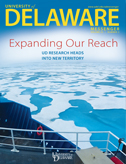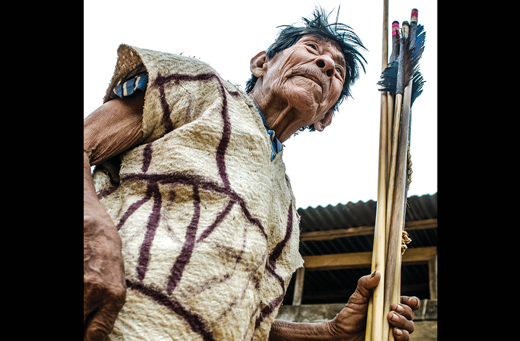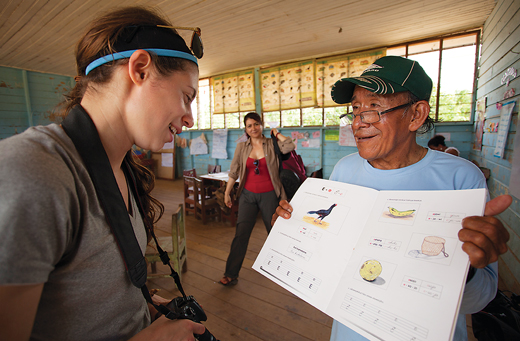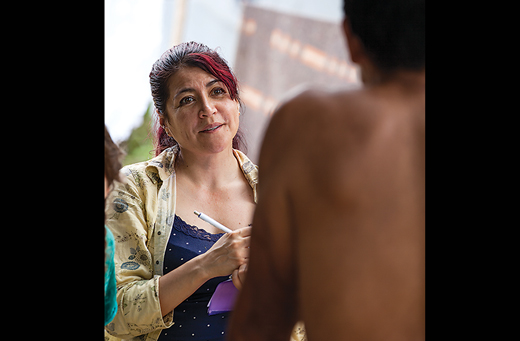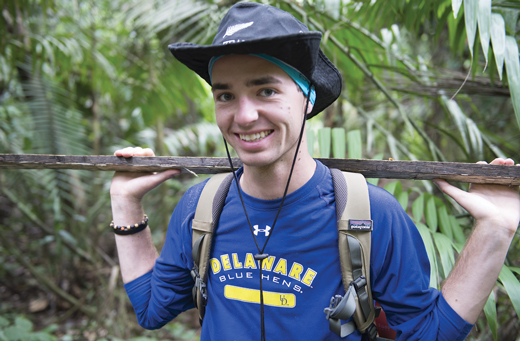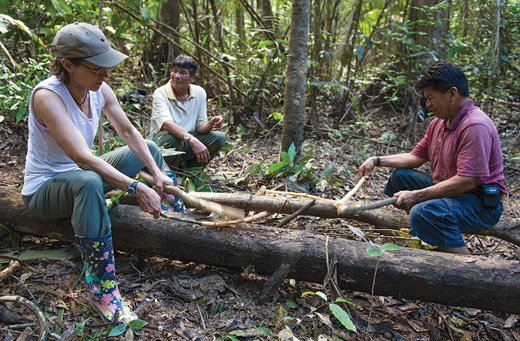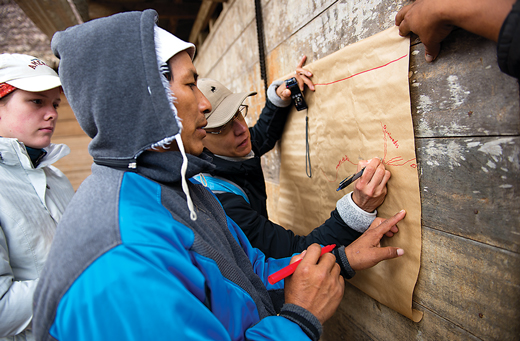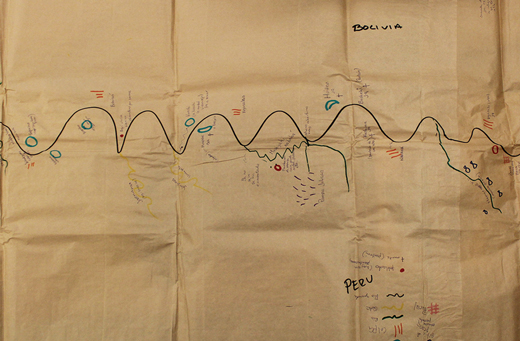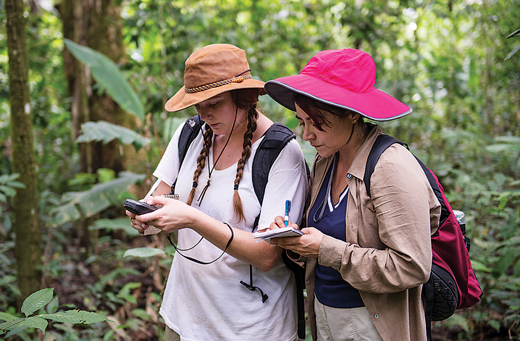Mapping a Culture

Jon Cox, ANR88, AS04M, uses his camera to illuminate people whose customs are largely unknown and whose way of life is threatened. He documents the un-documented, in a bid to help preserve cultural continuity around the world, to advocate for community-based conservation, and to make a case for the fundamental rights of indigenous peoples.
The assistant professor of art has documented the lives of the Hadza hunter-gatherers, who have resisted government attempts at settlement in Tanzania, and most recently completed a cultural mapping project with the Ese’Eja hunter-gatherers in Peru’s Amazon basin.
The Ese’Eja project included a three-week expedition to the Amazon rainforest in spring 2014, in which UD students, faculty and other team members performed cultural mapping to explore the hunting, gathering and fishing community.
The Ese’Eja’s numbers have plummeted in recent years, and their traditional culture is threatened by development, industry and restricted access to ancestral lands.
Team members documented aspects of the community through photographs and video, oral histories about the daily lives of the Ese’Eja and maps created from GPS coordinates.
One result of the project is a video titled “The Ese’Eja: From a Cotton Thread in the Sky to Protectors of the Amazon.” The title refers to the traditional belief that the Ese’Eja people traveled down to Earth on a cotton thread. The video, hosted online at National Geographic, which named Cox a “National Geographic Explorer” earlier this year, can be viewed on the project website, “The Ancestral Lands of the Ese’Eja—The True People,” at www.eseeja.org.
The cultural mapping team also returned to UD with about 70 objects the community provided, including bark cloth, carved wooden bows, a necklace of wild-pig teeth and drawings by Ese’Eja elders illustrating their traditional creation story. The artifacts have been documented by UD’s Department of Art Conservation and will become part of an exhibition planned for fall 2016.
The photos in this feature first appeared in the University’s Research Magazine, which can be viewed at www.udel.edu/researchmagazine
